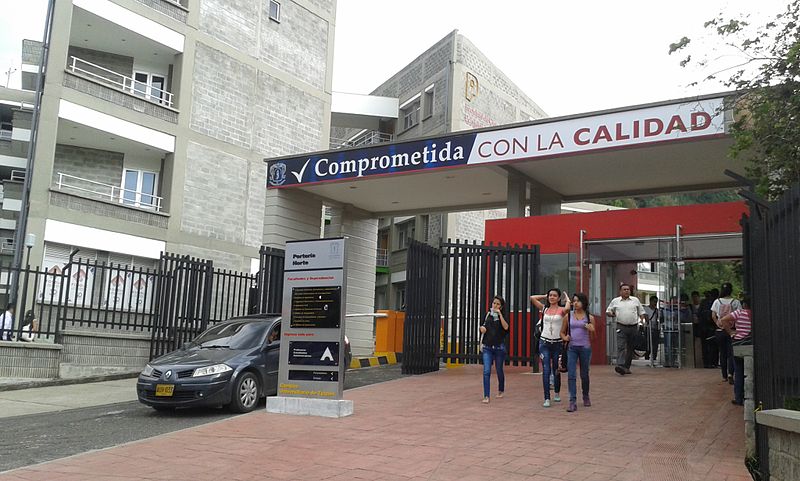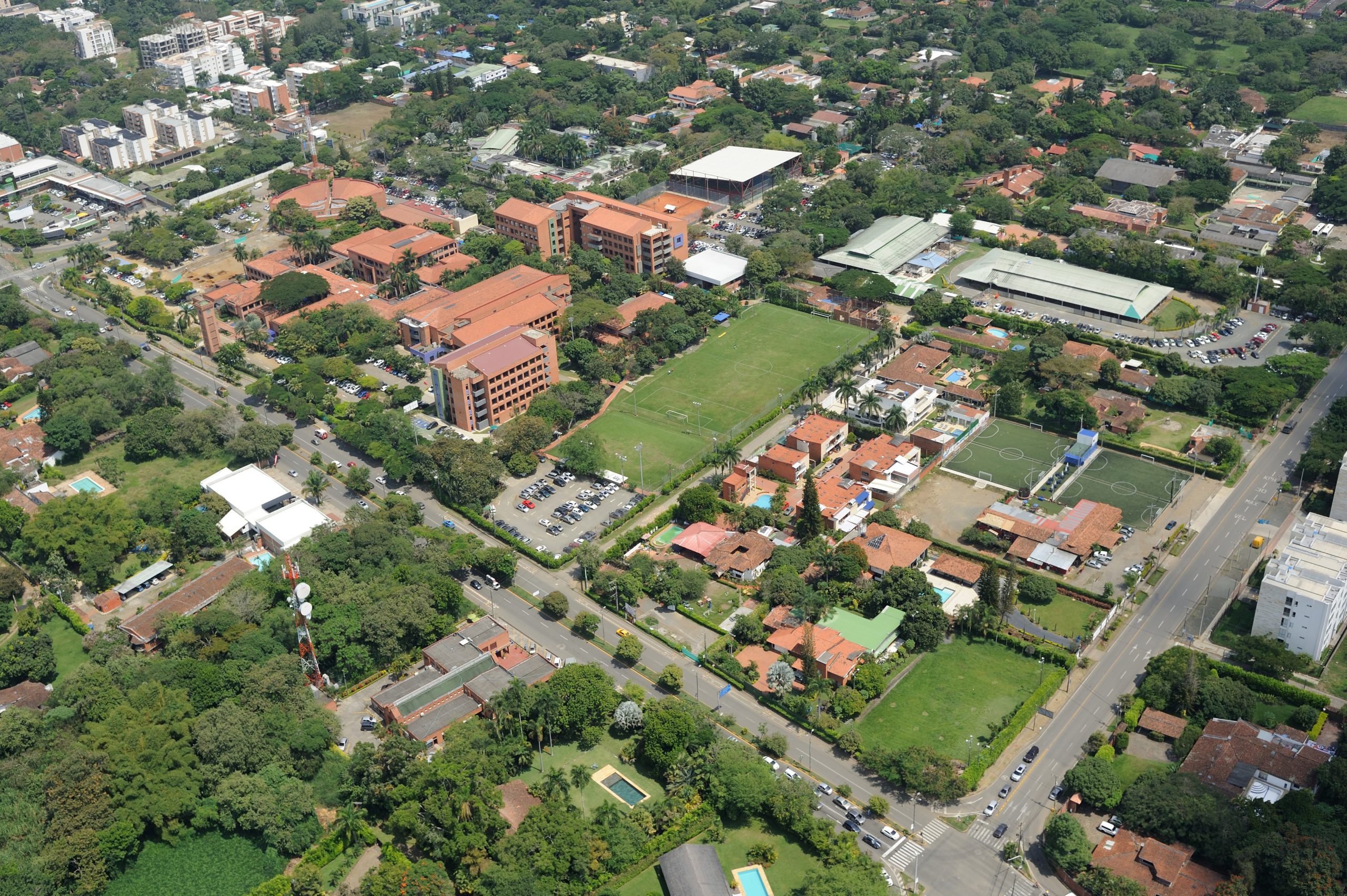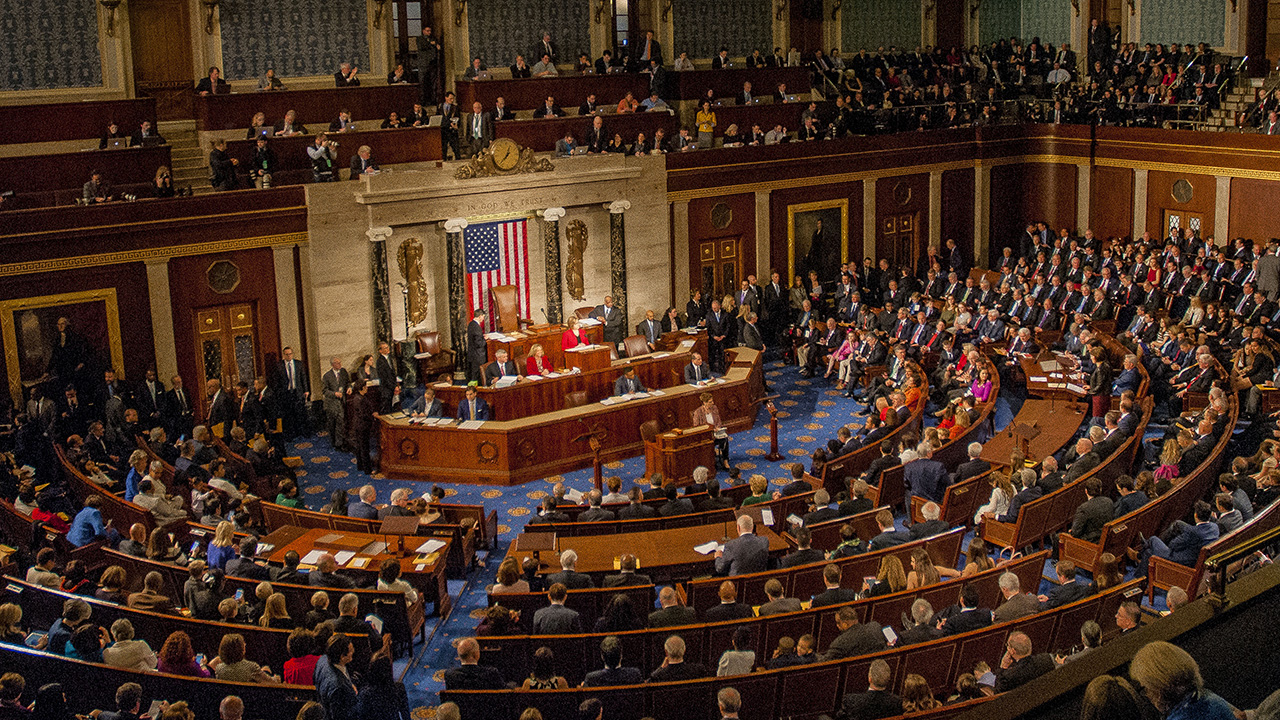Building Code of Canada
- Home Page 460

Fleet Management of Intelligent Transportation
Fleet Management and Control System from Intelligent Transportation Systems perspective
Abstract: Fleet Management and Control Systems (FMCS) have allowed public transport companies to improve their safety, efficiency and productivity. Therefore, national and local governments have supported implementation of such systems, to improve the mobility in cities. In some intermediate cities in developing countries, the implementation of these systems has been based on developed transport systems for large cities (with different operating conditions), without considering advances in service integration and standardization, in Intelligent Transportation Systems (ITS) frameworks. In addition, such implementations do not take into account enabling technologies such as new wireless communication standards featuring improved range, availability and accessibility. In order to improve this situation, we propose the design of an FMCS using ITS services based on an adequate ITS architecture, considering budget constraints and the need for a technology that improves relevant characteristics. We also evaluated the case of eight intermediate Colombian cities that are implementing transportation systems known as Strategic System for Public Transport (SSTP or SETP per its acronym in Spanish) in which one of the main components is an FMCS, and made some recommendations on the design of the system in these cities based in our purpose.
To order complete paper: IEEE Explore
r Solar Thermal Collector / august 3rd
This content is accessible to paid subscribers. To view it please enter your password below or send mike@standardsmichigan.com a request for subscription details.
ABET
This content is accessible to paid subscribers. To view it please enter your password below or send mike@standardsmichigan.com a request for subscription details.
Standing Agenda / Cloud
This content is accessible to paid subscribers. To view it please enter your password below or send mike@standardsmichigan.com a request for subscription details.
Readings / The Impact of Regulation on Innovation
This content is accessible to paid subscribers. To view it please enter your password below or send mike@standardsmichigan.com a request for subscription details.
digital badges
This content is accessible to paid subscribers. To view it please enter your password below or send mike@standardsmichigan.com a request for subscription details.
DATA CENTER AND SERVER ROOM STANDARDS
This content is accessible to paid subscribers. To view it please enter your password below or send mike@standardsmichigan.com a request for subscription details.
S. 3397 / INSPIRES Act
A BILL: To amend the Elementary and Secondary Education Act of 1965 by establishing a program to support the modernization, renovation, or repair of career and technical education facilities, to enable schools serving grades 6 through 12 that are located in rural areas or that serve Native American students to remodel or build new facilities to provide STEM classrooms and laboratories and support high-speed internet, and for other purposes.
New update alert! The 2022 update to the Trademark Assignment Dataset is now available online. Find 1.29 million trademark assignments, involving 2.28 million unique trademark properties issued by the USPTO between March 1952 and January 2023: https://t.co/njrDAbSpwB pic.twitter.com/GkAXrHoQ9T
— USPTO (@uspto) July 13, 2023
Standards Michigan Group, LLC
2723 South State Street | Suite 150
Ann Arbor, MI 48104 USA
888-746-3670
















Open for Comment / Prometheus Bound